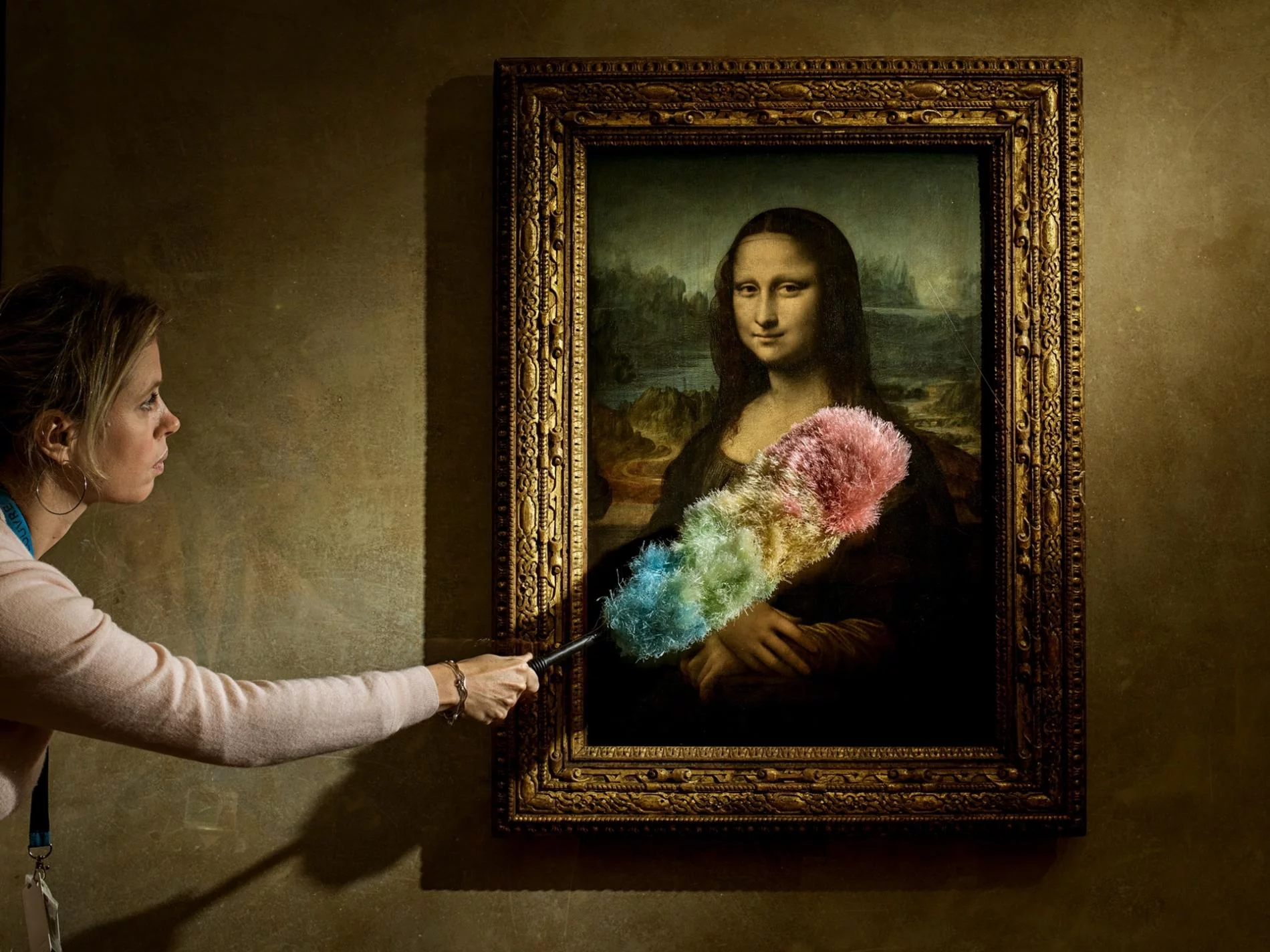Featured May 8, 2019
Short Link:Why Leonardo da Vinci’s Brilliance Endures, 500 Years After his Death
His creativity and foresight in science, engineering, and the arts continue to surprise and amaze today.
Ariana News Agency-
Leonardo’s “Mona Lisa” is believed to depict Lisa Gherardini, the wife of Francesco del Giocondo, a Florentine silk merchant. Every year, millions of visitors jostle for a view at the Louvre Museum in Paris. The painting, protected by a thick layer of glass that must be cleaned regularly, has never been restored.
No one knows precisely how this album made its way to England, but its provenance is unambiguous: Leoni, an Italian sculptor, acquired Leonardo’s drawings from the son of the artist’s devoted pupil Francesco Melzi and mounted them into at least two volumes. By 1690, the Leoni binding, as it’s known, had landed in the Royal Collection, teeming with 234 folio sheets and the peregrinations of Leonardo’s inquisitive mind.
As Martin Clayton, head of prints and drawings for the Royal Collection Trust, lays out a selection of the pages—now separated into 60 boxes—the scope of Leonardo’s subject matter soars into view: botany, geology, hydraulics, architecture, military engineering, costume design, geometry, cartography, optics, anatomy. He sketched to make sense of unknowns, probing the enigmas of the universe with ink, chalk, and silverpoint.
The drawings are breathtaking in their lucidity. The most diminutive, a fragment smaller than a thumb, shows a female torso evoked in just a few muted strokes. The most iconic, rendered tenderly in red chalk and curved hatch marks, depicts a fetus curled up in the womb.
Everything is put to the test with visual precision: a study of drapery for the Madonna; mortars bombarding a fortress; the umbra and penumbra of shadow; a skull, a heart, a foot, and the sweep of the human face—from the radiance of Leda to the misshapen features of an elderly man.
“What you get most out of Leonardo’s drawings in some of his sheets is this completely unfettered way of leaping between subject matter,” Clayton says. “There’s something tremendously exciting about seeing a mind working in this incredibly broad way.”
An inherently curious note-taker and truth-seeker, Leonardo pursued knowledge voraciously. His to-do lists included jottings to “construct glasses to see the moon larger” and “describe the cause of laughter” as he sought answers to a cascade of questions: What’s the distance from the eyebrow to the junction of the lip and the chin? Why are stars visible by night and not by day? How do the branches of a tree compare with the thickness of its trunk? What separates water from air? Where is the soul? What are sneezing, yawning, hunger, thirst, and lust?
Although his paintings are far better known, Leonardo’s wealth of manuscripts and drawings lay bare the inner workings of his genius. His fertile mind—the range of hypotheses he tested, the intellectual, scientific, and philosophical journeys he launched—is evoked on every one of the 7,000 sheets preserved at Windsor, in libraries in Paris, London, Madrid, Turin, and Milan, and in the private collection of Bill Gates.
As the 500th anniversary of Leonardo’s death is commemorated this year, the artist’s notebooks are experiencing a renaissance of their own. Museums are mounting exhibitions of his sketches, and scholars are publishing new analyses, delving ever deeper into the full spectrum of his creations.
Most remarkably, pages from Leonardo’s notebooks are finding their way into the hands of experts in the very fields Leonardo studied, from medicine and mechanical engineering to music. Reaching back centuries, they’re reaping fresh insights, probing Leonardo’s work to inform their own. Even as science, medicine, and technology have pushed past the boundaries of what we can do and how we can do it, Leonardo’s notebooks reveal how much we still have to learn.
In the words of art historian and Leonardo scholar Martin Kemp: “Not one of his predecessors or contemporaries produced anything comparable in range, speculative brilliance, and visual intensity. And we know of nothing really comparable over succeeding centuries.”
Leonardo was born to unwed parents on April 15, 1452, near Vinci, a hill town in the rural Tuscan landscape between Florence and Pisa. Many believe his mother was Caterina di Meo Lippi, a local peasant. His father, Ser Piero da Vinci, held elevated status as a notary—a professional path that Leonardo would have been expected to follow had he not been born out of wedlock.
The town of Vinci proffered an inspiring backdrop for a boy with a capacious vision. From a terrace atop the village’s 12th-century castle, the Tuscan landscape reveals itself today as it would have in Leonardo’s youth: olive groves, dusky hills, and a mountain range off Italy’s west coast.
